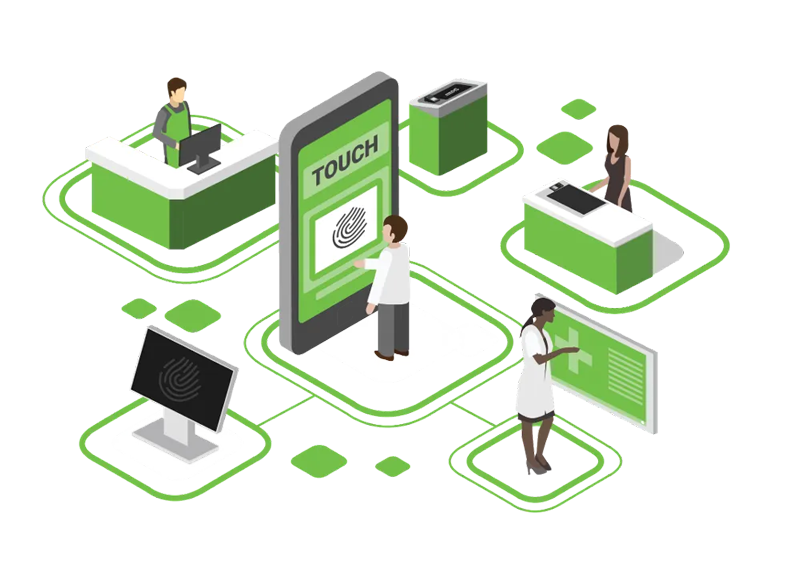KAA Gent has claimed a first for the Pro League, the top division of Belgian club football, by trialling the biometric entry system Palmki at its Ghelamco Arena.
In what is intended to be an 18-month pilot project, Gent has teamed up with Belgian IT service company Perfect-ID and its Palmki palm authentication system. The service was first tested by members of the Young Business Club of KAA Gent for Sunday’s 3-1 Pro League home win over Standard de Liège.
Palmki is being tested in collaboration with StarNet to improve the access procedure, offering Young Business Club members the opportunity to enter the stadium via a special ‘Fast Lane’. The project marks the first time a Pro League club has tested this technology.
Marc Strackx, director of Perfect-ID, said: “Palmki’s palm authentication offers a secure, fast and innovative method to connect fans and provide smooth and efficient access.
“This pilot project will help us understand how fans respond to this groundbreaking technology. Based on the results and feedback, further research can be done on how the technology can best be integrated into football stadiums.”
After their palm has been scanned at the turnstile, a fan can enter the stadium without a ticket, season card or identity card. The results of the pilot project will be assessed in the spring of 2025.
KAA Gent director, Dirk Piens, said: “In our continuous search for more comfort for our spectators and inspired by the new ‘Safe Football’ law, we looked for an innovative technology to grant spectators access to the stadium in a smooth and safe way.
“We are pleased to have found the right partner with Perfect-ID and Palmki. In addition, the input of the various academic partners in this project is very important for KAA Gent because we want this to proceed with the greatest possible respect for privacy and GDPR.”
Why Palmki palm recognition?
Existing applications such as badges no longer provide sufficient security. Facial recognition has many disadvantages regarding privacy and the user’s approval. The big disadvantage of iris scanning is that it is expensive and not very user-friendly. Fingerprints can be copied and recognition does not work for all users. Palmki, on the other hand, is very user-friendly (always at hand), contactless (hygienic and COVID-safe), super secure (even a higher security than iris scanning), works very quickly and is widely applicable.
Strackx said: “A registration unit, our software and our Palmki sensor: that’s all you need to install the Palmki hand palm recognition technology. After the registration, the scan of the hand palm vein structure is hash-coded and that way your biometric data is stored safely. Once this is done, users just need to present their hand. The Palmki software will perform a biometric recognition of the hand by matching it with the saved hash-code. More than 5 million reference points in your palm will be recorded in a split second and our intelligent biometric identification software takes care of the rest.
“When matched, access is granted.”
Steven Baeyens, Director of Products at Tactile, said: “The Palmki sensor works fast and very intuitively. Very little to no user training will be required. A solution that is secure and can be deployed quite quickly. We see immediate opportunities in data centre security, identity registration and access control, where Palmki will definitely add its value.” Contact me on steven@tactiletechnologies.com if you want to find out more about Palmki, and/or check out this short video: Palmki Palm Vein Technology.
Please click here to watch the video.

